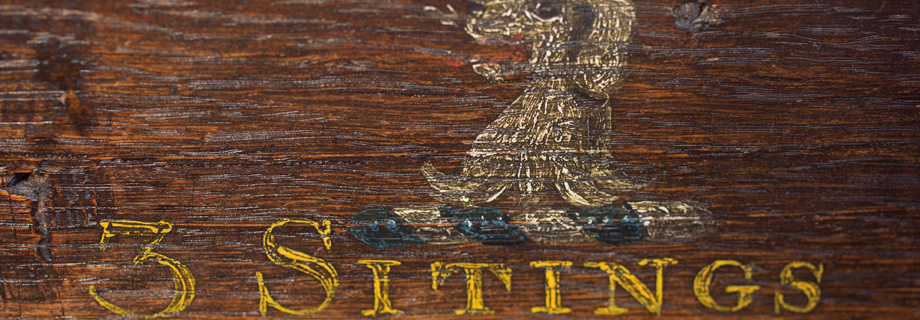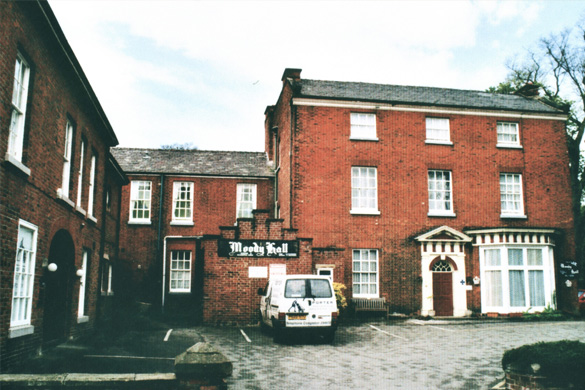George Reade
The Reade family had extensive connections with St. Peter`s throughout the nineteenth century. George (senior) the “silk manufacturer” has a memorial in the north west corner, his second son, Charles William has a memorial in the south west corner, in similar style. His other four sons all owned or occupied pews in the church in 1840, together with their cousins George (junior) Reade and Arthur Lloyd Reade, sons of George`s brother, William. George`s cousin, Sir Thomas Reade with his son, Richard, and his step-brother, George are all recorded on memorials in the south east area of the church. Between them they owned five pews, three in the galleries and two in the side aisles. However, they and their servants occupied eight pews which amounted to fifty seats, twenty one of which were rented from William Starkey and John Jackson. Although George Reade owned pews he also helped to found St. James` Church in West Street. As a member of the committee responsible for building St. James’s Church, his name was on a scroll which was placed under the chief stone in the north-east corner of the building.
George Reade (Senior) came to Congleton after failing to establish a textile business in Leek. In Congleton he built Stonehouse Green mill in 1784, a very early cotton spinning mill. This was contemporary with Samuel Greg`s Quarry Bank mill at Styal, and Richard Martin`s mill at Dane-in-Shaw. He married Frances, widow of Richard Martin (junior) whose father established the cotton spinning mill at Dane-in-Shaw. Frances brought him wealth as the heiress of John Fielder of Bath. He continued to expand the mills on his site at Brookside and Stonehouse Green for a period of forty years.
That Reade had a great reputation in the town is shown by the fact he was a Justice of the Peace, an Alderman, and Mayor three times, in 1791 aged 31, 1802 and 1822. Throughout the early part of the Napoleonic era George Reade was one of the men leading the town council`s cause in a long running dispute with the other great mill owning family in the town, the Pattisons. A contest made more interesting because their businesses were only 400 yards apart and during the period Nathanial Maxey Pattison also had turns as mayor of Congleton.
He was also a Magistrate and would have other duties of public service as an Alderman. He was a member of the committees set up by the council to revise the town bye-laws; build the Sunday School in Chapel Street, and to report to the bishop of Chester the “irregular conduct of the Reverend Samuel Williamson.” During his second mayoralty he took the opportunity to exchange church lands with Edmund Antrobus in the town`s West Field.
George was also a member of Congleton Masonic Lodge.
For more than twenty years he lived in Moody Hall, now known as Chapel Brook House


